Knifemaker's advice
Our knives are made in the town of Thiers, in the Auvergne region. The cutlery tradition of Le Thiers is a guarantee of high-quality steel. Altough the knife manufacturing process has evolved with time, Laguiole knives remain handcrafted knives handcrafted knives. Our knives are adjusted by hand according to ancestral methods. They have a lifetime warranty
Expert advice from Actiforgee knifemakers
It's not easy to choose a knife when you're new to the world of French cutlery. Whether you're buying for yourself or as a gift for a loved one, you don't want to make a mistake, and that's only natural.
Here are a few tips from the cutlers in our workshop to help you make the right choice when buying a Laguiole knife.
Beware of tempting offers...
If you see laguiole knives at (very) low prices, there's a problem somewhere. Not that laguiole is a luxury product in the strict sense of the word, but a very low price rarely goes hand in hand with a lifetime guarantee!
It's important to remember that making and assembling a quality knife requires a great deal of meticulous and sometimes costly work. You don't want to spend a lot of money on a housewife or steak knives - and that's understandable.
Just a reminder: these days, it's not uncommon to find products on the market bearing the Laguiole label or the famous fly, but of poor quality.
The solution? Check where the products come from. If you're not sure about the bona fides of the seller on the market, turn to local artisans or cutlers with quality labels. All sellers must give you a guarantee with your Laguiole knife, which must include the name, address and telephone number of the manufacturer.
Actiforge offers a lifetime warranty on its knives.
We are also monitored by the Veritas certification body, which audits our company every year.
As a result, our Laguiole knives benefit from the Origine France Garantie certificate.
Which steel to choose for your knife?
Carbon steel
Cutlers have traditionally used carbon steel.
The high concentration of carbon improves cutting power and makes sharpening easier.
Over time, the blade changes color and darkens. This is a normal and harmless phenomenon.
But this steel is less resistant to corrosion. It rusts easily.
Carbon steel knives require careful and rigorous blade maintenance.
Stainless steel
Knifemakers currently use stainless steel to avoid these constraints.
12C27 stainless steel is a good compromise between the knife's cutting power and its resistance to corrosion.
But whether in stainless or carbon steel, the knife is a fragile utensil that requires care.
Damascus steel
Originally, damascus was a method of refining iron by successive hammering, bending and stretching.
These operations are designed to remove impurities from the metal. The result is a composite material with alternating, more or less homogeneous layers, usually a combination of iron and steel, or nickel and steel. The Damascus knives offered on our site all have a Damascus steel blade composed of 120 layers.
This heterogeneous texture results in exceptional mechanical qualities, as Damascus steel is only partially hardenable (neither iron nor nickel is hardenable).
As a result, the metal has low brittleness and resists fracture by diffracting shock waves.
What material should you choose for your knife handle ?
If you're not afraid of a one-off interview
You can choose knives with wooden handles. Over time, they will develop a patina with the rubbing of your palm, which is very pleasing. From time to time, you may need to "nourish" the wood with a little oil adapted to its species, and your knife will regain its superb appearance.
What are the not-to-be-missed visits as an enthusiast ?
Thiers is remarkably situated in the Livradois-Forez nature park. Clinging to its rocky outcrop, the town enjoys an exceptional location. Its architectural heritage makes it one of Auvergne's most significant medieval towns, and one of Europe's leading centres of cutlery heritage.
The region is also investing in its industrial past to restore the old-fashioned image of Thiers.
If you're passionate about beautiful blades and the ancestral skills of Thiers cutlers, take a look at the secret of the marriage of iron, fire and water at :
In our workshops, you'll learn how a knife is made.
Right before your eyes, grinders and polishers create top-of-the-range pieces.
You'll also discover a fantastic collection of knives. Knives from yesterday and today, from princes to peasants.
Thiers cutlery remains a craft mastered by our Thiers cutlery craftsmen.
A visit to the cutlery museum will help you understand why and how cutlery was born in Thiers over 6 centuries ago.
A walk through the Vallée des Rouets takes you in the footsteps of the legendary "émouleurs" (grinders), who used to lie on their planks above their grindstones.
Don't hesitate to walk by the Durolle. This river has the distinction of having a fairly high average annual flow rate, which provided cutlers with the energy they needed to manufacture their famous blades.
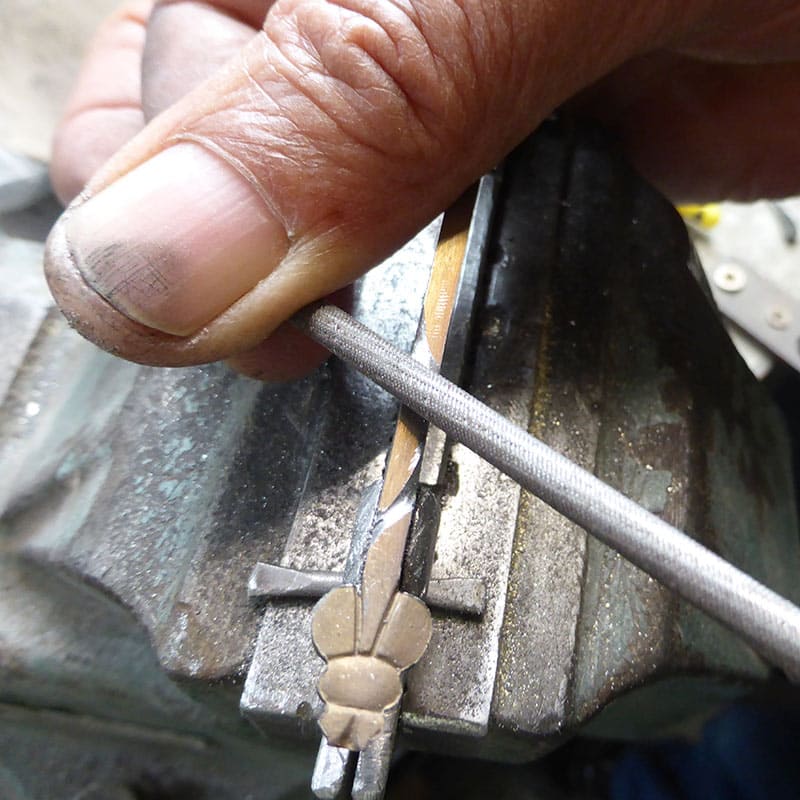
Need more advice?
Our knifemakers are passionate professionals who are never short of good advice. Need to know more about manufacturing, materials or maintenance tips? Don't hesitate to contact us with any questions you may have - we'll be delighted to answer them!
It's not easy to choose a knife when you're new to the world of French cutlery. Whether you're buying for yourself or as a gift for a loved one, you don't want to make a mistake, and that's only natural.
Here are a few tips from the cutlers in our workshop to help you make the right choice when buying a Laguiole knife.
Beware of tempting offers...
If you see laguiole knives at (very) low prices, there's a problem somewhere. Not that laguiole is a luxury product in the strict sense of the word, but a very low price rarely goes hand in hand with a lifetime guarantee!
It's important to remember that making and assembling a quality knife requires a great deal of meticulous and sometimes costly work. You don't want to spend a lot of money on a housewife or steak knives - and that's understandable.
Just a reminder: these days, it's not uncommon to find products stamped laguiole or bearing the famous fly, but of poor quality.
The solution? Check where the products come from. If you're not sure about the bona fides of the seller on the market, look for local craftsmen or cutlers with quality labels. All sellers must give you a guarantee with your Laguiole knife, stating the name, address and telephone number of the manufacturer.
Did you know? Actiforge offers a lifetime warranty on its knives. We are also monitored by the Veritas certification organization, which audits our company every year. Our Laguiole knives are thus certified "Origine France Garantie".
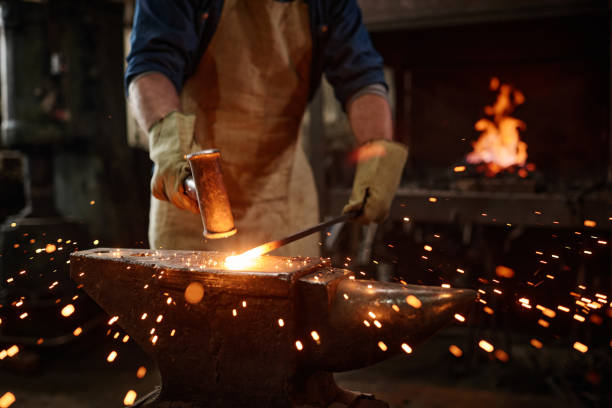
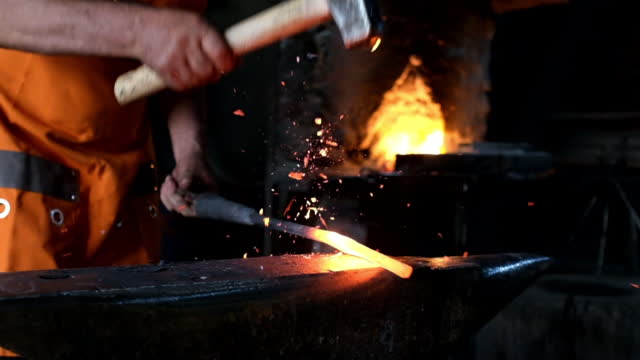
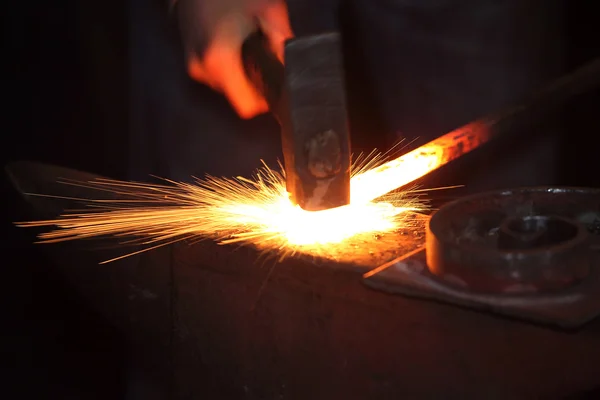
Which steel should you choose for your knife?
- Carbon steel
Cutlers have traditionally used carbon steel.
The high concentration of carbon improves cutting power and makes sharpening easier.
Over time, the blade changes color and darkens. This is a normal and harmless phenomenon.
But this steel is less resistant to corrosion. It rusts easily.
Carbon steel knives require careful and rigorous blade maintenance.
- Stainless steel
Knifemakers currently use stainless steel to avoid these constraints.
12C27 stainless steel is a good compromise between the knife's cutting power and its resistance to corrosion.
But whether in stainless or carbon steel, the knife is a fragile utensil that requires care.
- Damascus steel
Originally, damascus was a method of refining iron by successive hammering, bending and stretching.
These operations are designed to remove impurities from the metal. The result is a composite material with alternating, more or less homogeneous layers, usually a combination of iron and steel, or nickel and steel. The Damascus knives offered on our site all have a Damascus steel blade composed of 120 layers.
This heterogeneous texture results in exceptional mechanical qualities, as Damascus steel is only partially hardenable (neither iron nor nickel is hardenable).
As a result, the metal has low brittleness and resists fracture by diffracting shock waves.
What material should you choose for your knife handle ?
The handle of your knife should be chosen according to the level of care you wish to devote to your Laguiole.
The more precious the material, the more demanding it will be: attention to shocks, special washing, storage...
- If you want a knife for everyday use, you can opt for materials that can withstand anything (even the dishwasher), such as Plexiglas and ABS knives. They'll stand up to shocks, rough washing, temperature variations and more...
- If you're not afraid of occasional maintenance, you can opt for knives with wooden handles. Over time, they will develop a beautiful patina as your palm rubs against them. From time to time, you may need to "nourish" the wood with a little oil adapted to its species, and your knife will regain its superb appearance.
- If you're a meticulous person and your knife is sleeping in a case or a display case, you may be tempted by materials such as abalone, burr juniper handles or vintage Laguiole knives. Any fantasy is possible
What are the not-to-be-missed visits as an enthusiast ?
Thiers is remarkably situated in the Livradois-Forez nature park. Clinging to its rocky outcrop, the town enjoys an exceptional location. Its architectural heritage makes it one of Auvergne's most significant medieval towns, and one of Europe's leading centres of cutlery heritage.
The region is also investing in its industrial past to restore the old-fashioned image of Thiers.
If you're passionate about beautiful blades and the ancestral skills of Thiers cutlers, take a look at the secret of the marriage of iron, fire and water at :
Thiers cutlery museum.
In our workshops, you'll learn how a knife is made.
Right before your eyes, grinders and polishers create top-of-the-range pieces.
You'll also discover a fantastic collection of knives. Knives from yesterday and today, from princes to peasants.
Thiers cutlery remains a traditional craft mastered by our Thiers cutlery craftsmen.
A visit to this cutlery museum will help you understand why and how cutlery was born in Thiers over 6 centuries ago.
The Rouets valley.
A walk through the Vallée des Rouets will take you in the footsteps of the legendary grinders, who used to lie on their planks above their millstones. Don't hesitate to walk by the Durolle. This river has the distinction of having a fairly high average annual flow rate, which provided cutlers with the energy they needed to manufacture their famous blades.
Need more advice?
Our cutlers are passionate professionals who are always ready to give good advice. Need to know more about manufacturing, materials or maintenance tips? Don't hesitate to contact us with any questions you may have - we'll be delighted to ans



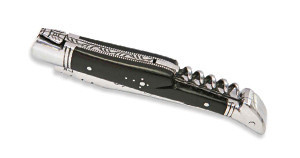
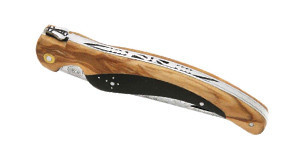
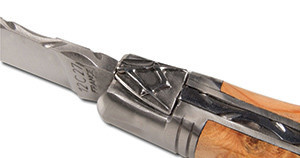

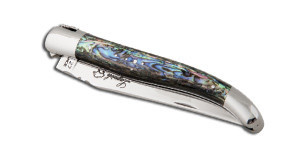
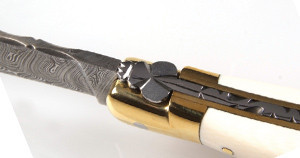
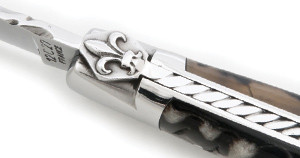
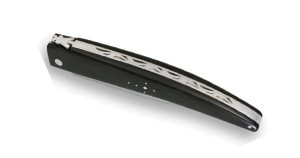
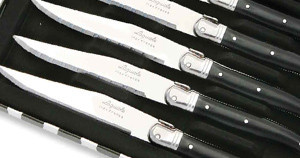
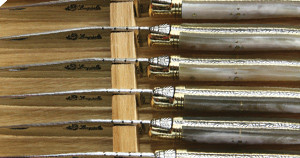
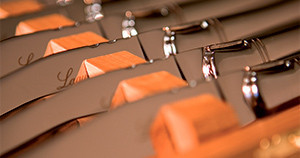
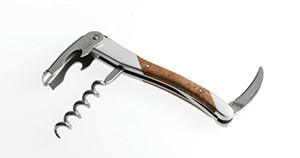
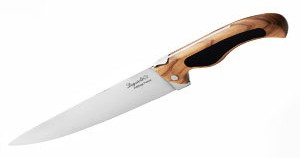
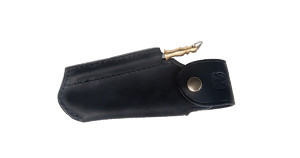
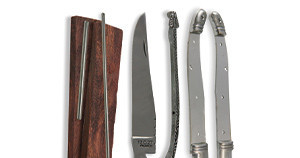
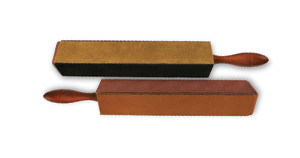

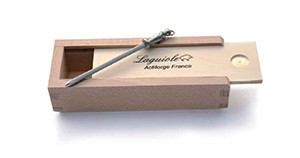
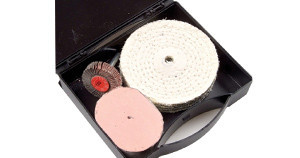

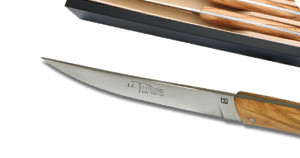
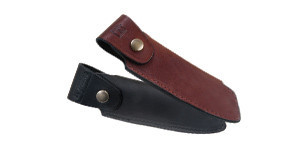
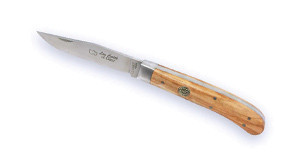


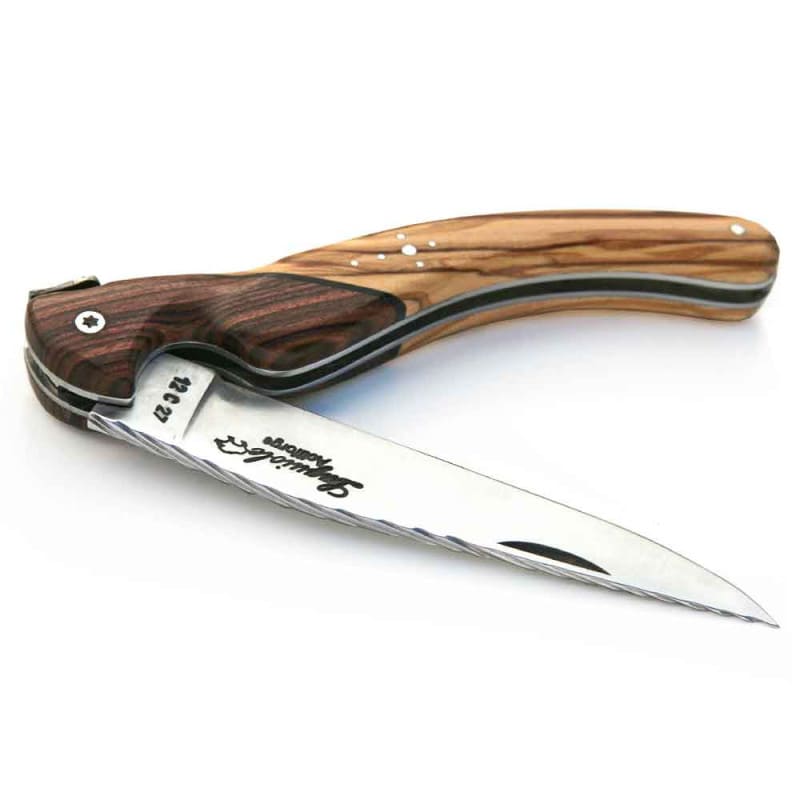

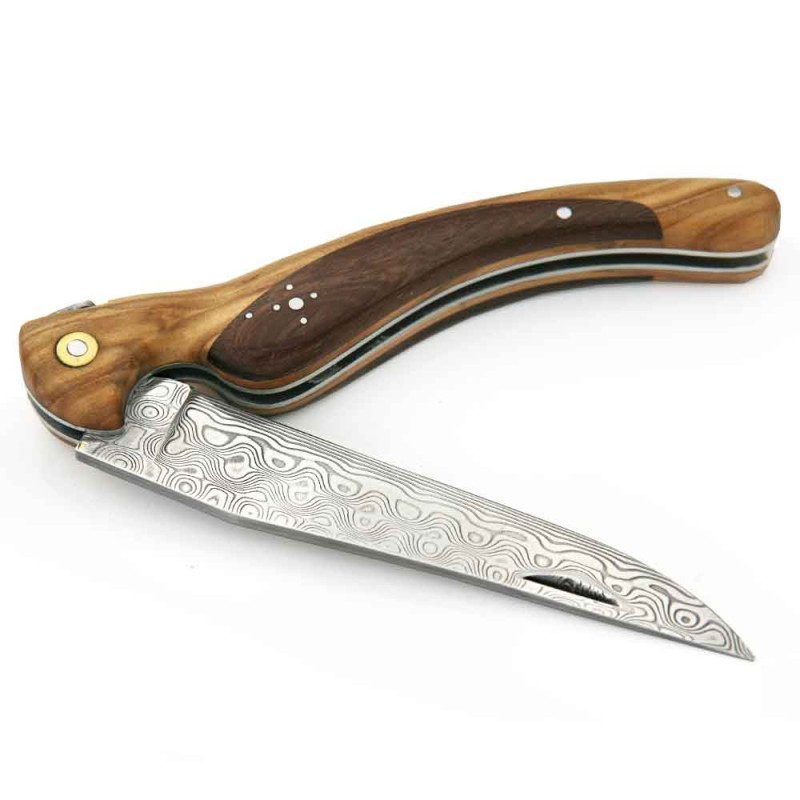


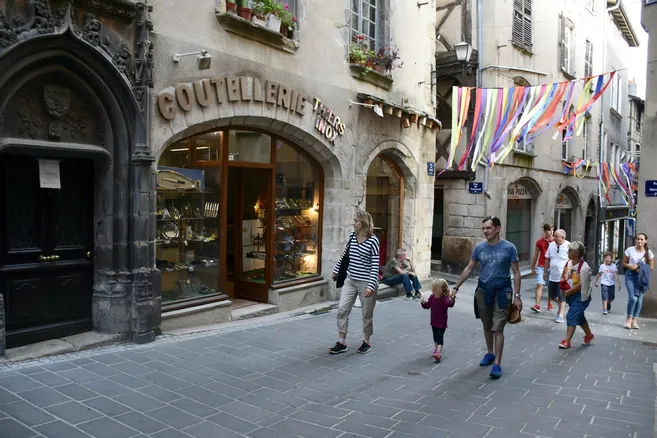
.jpg)
